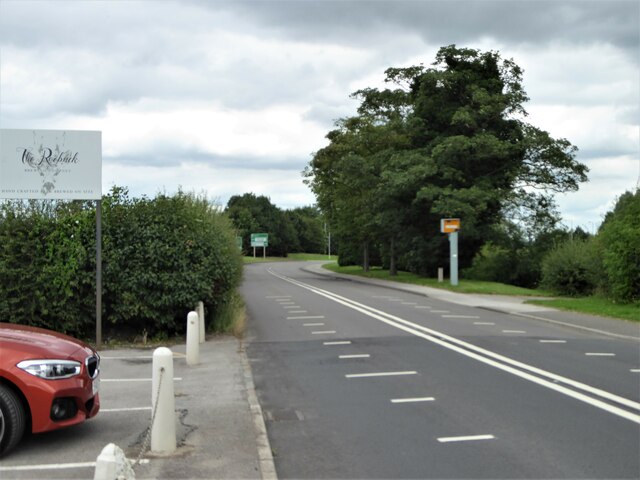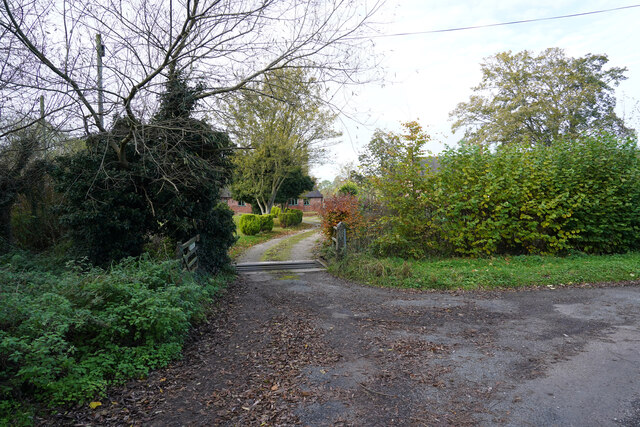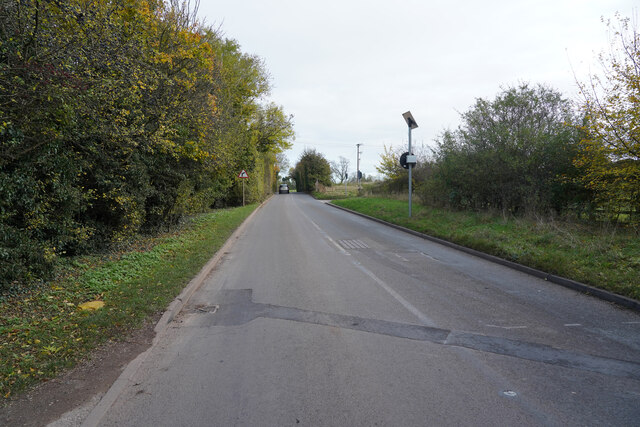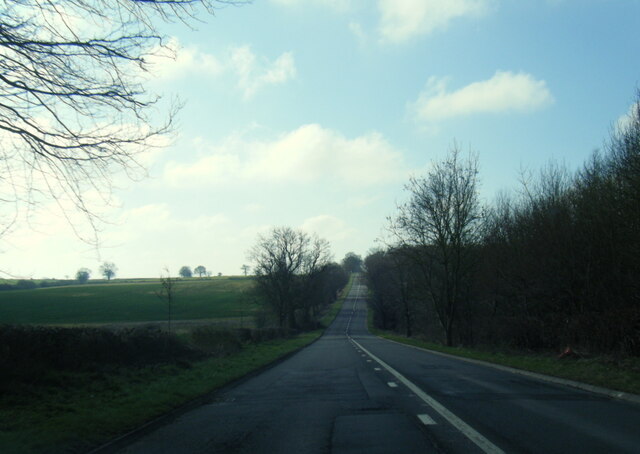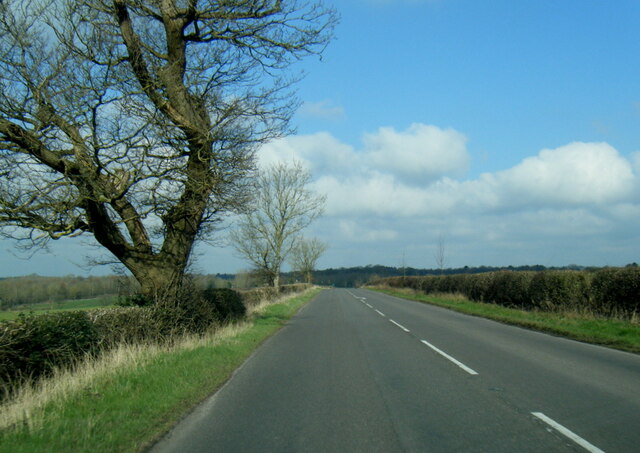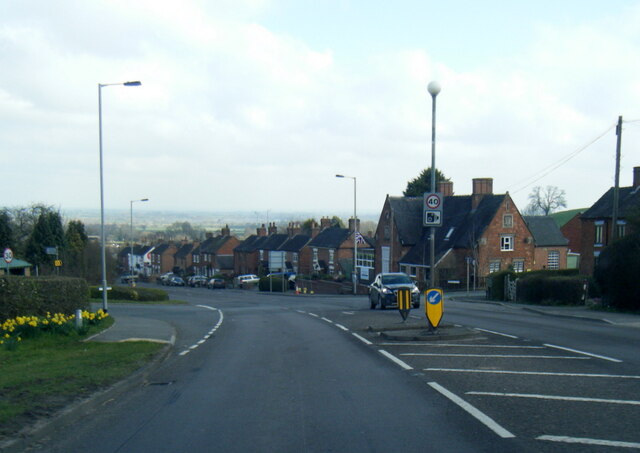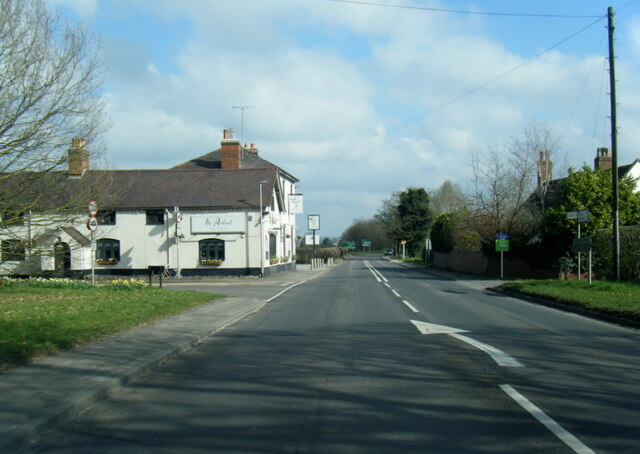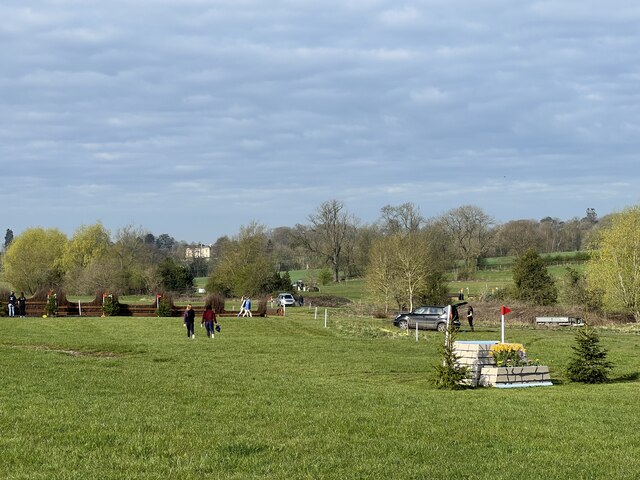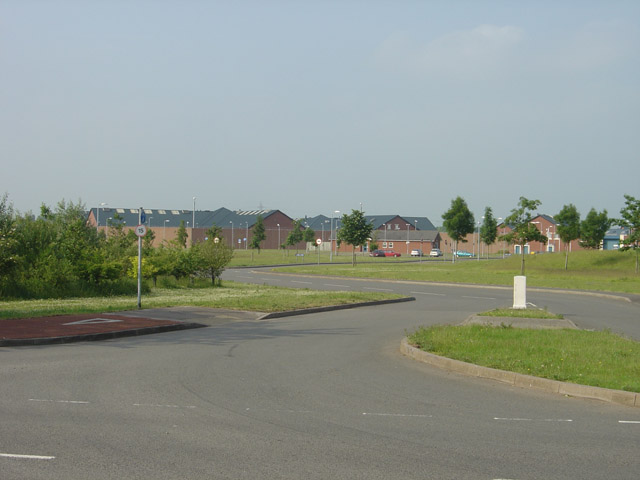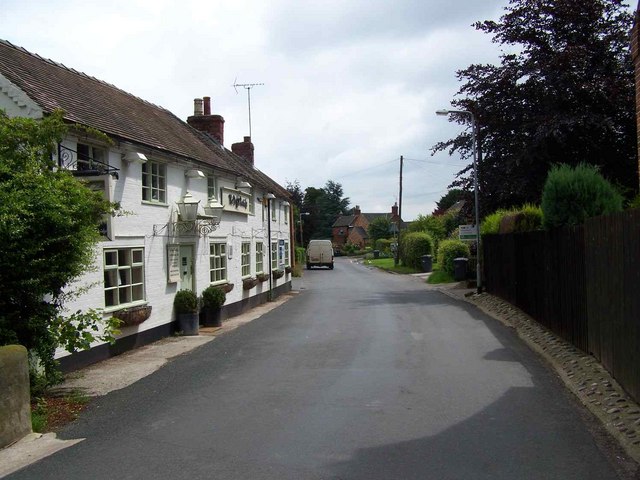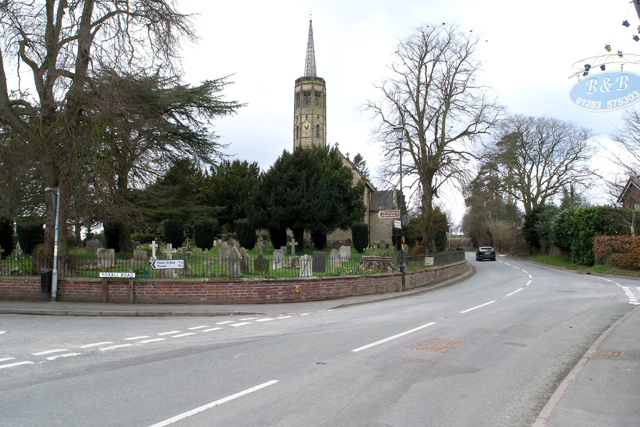Bullspark Wood
Wood, Forest in Staffordshire East Staffordshire
England
Bullspark Wood
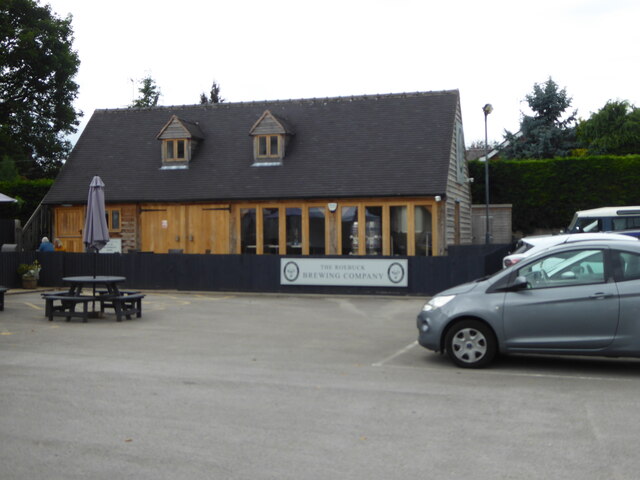
Bullspark Wood is a picturesque woodland located in Staffordshire, England. Covering an area of approximately 50 acres, it is a natural haven for wildlife and a popular destination for nature enthusiasts and outdoor adventurers alike.
The wood is characterized by its diverse range of tree species, including oak, beech, birch, and pine. These towering trees create a dense canopy, providing shade and shelter for an array of flora and fauna. Bluebells, primroses, and wild garlic carpet the forest floor during the spring months, creating a stunning display of colors and scents.
Traversing through Bullspark Wood, visitors can expect to encounter a range of wildlife. The wood is home to various bird species, including woodpeckers, nuthatches, and tawny owls. Squirrels, foxes, and badgers can also be spotted, adding to the natural charm of the area.
There are numerous walking trails and footpaths that wind their way through Bullspark Wood, allowing visitors to explore its beauty at their own pace. These trails offer opportunities for nature walks, birdwatching, and photography, as well as providing a peaceful retreat for those seeking solace in nature.
Bullspark Wood holds significant historical value, with evidence of human activity dating back centuries. The wood was once used for timber production and charcoal-making, and remnants of these industries can still be seen today.
Overall, Bullspark Wood is a captivating woodland that combines natural beauty, wildlife diversity, and historical significance. It offers a tranquil escape from the hustle and bustle of everyday life, providing visitors with an opportunity to reconnect with nature and immerse themselves in the enchanting surroundings.
If you have any feedback on the listing, please let us know in the comments section below.
Bullspark Wood Images
Images are sourced within 2km of 52.850575/-1.7856696 or Grid Reference SK1428. Thanks to Geograph Open Source API. All images are credited.
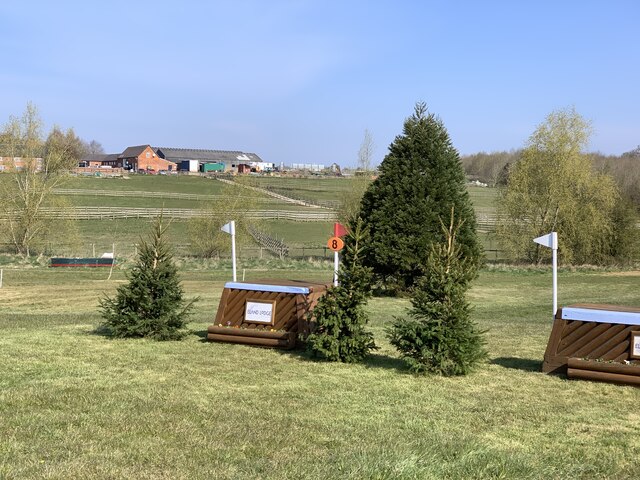
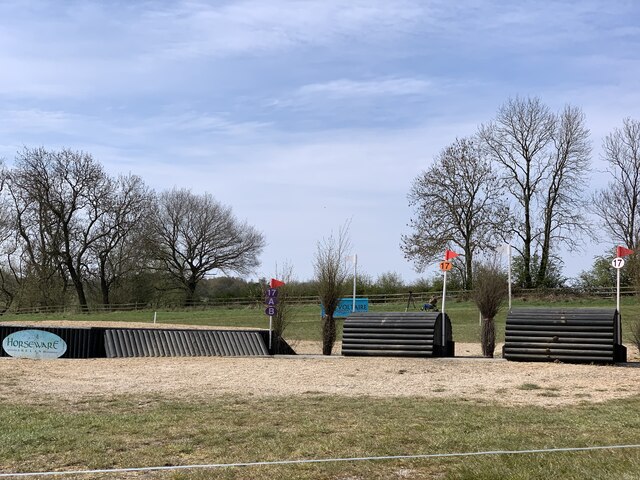
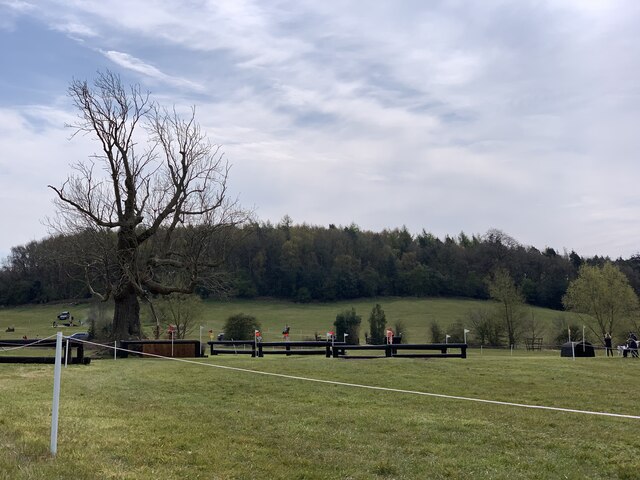
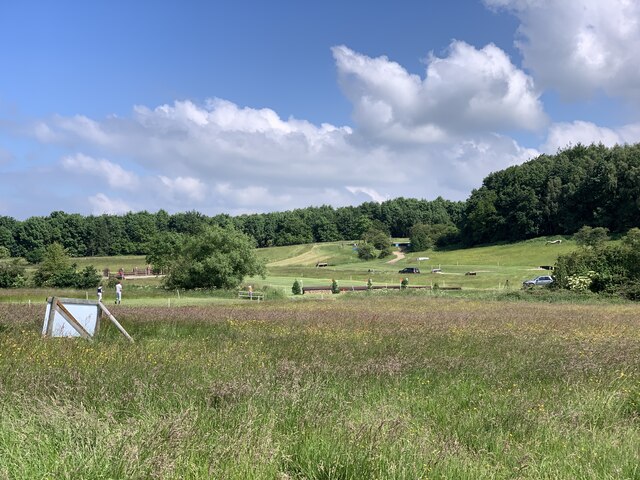
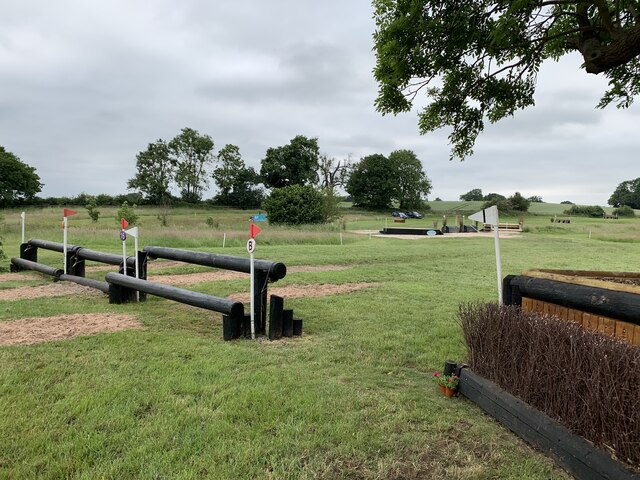
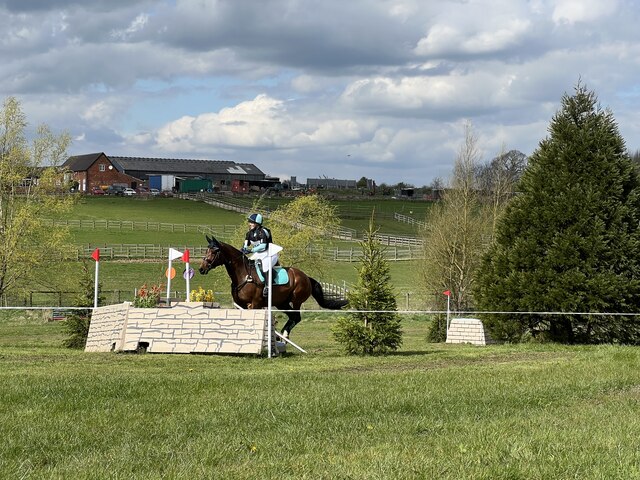

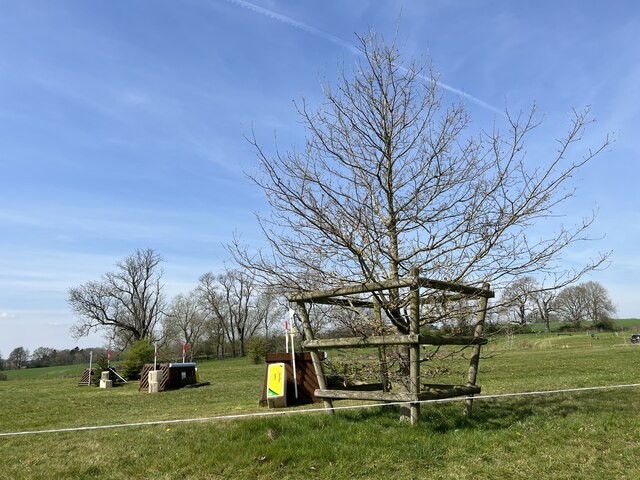
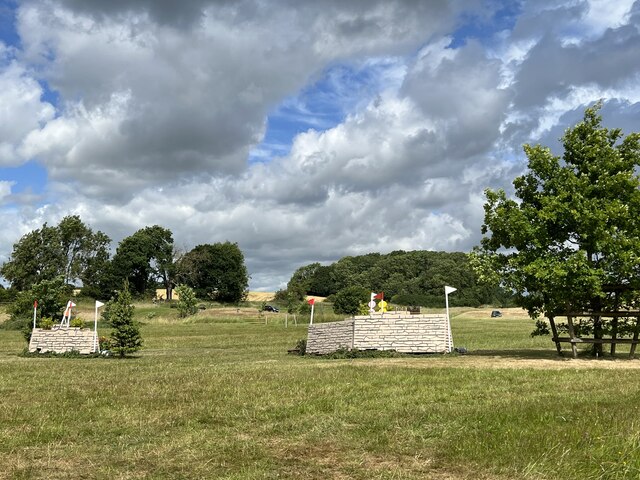
Bullspark Wood is located at Grid Ref: SK1428 (Lat: 52.850575, Lng: -1.7856696)
Administrative County: Staffordshire
District: East Staffordshire
Police Authority: Staffordshire
What 3 Words
///pods.centuries.catch. Near Doveridge, Derbyshire
Nearby Locations
Related Wikis
Draycott in the Clay
Draycott in the Clay is a village and civil parish within the English county of Staffordshire. == Location == The village is located between Uttoxeter...
HM Prison Dovegate
His Majesty's Prison Dovegate is a Category B men's private prison, located near Uttoxeter in Staffordshire, England. The prison is operated by Serco....
Hanbury, Staffordshire
Hanbury is a rural village and civil parish 3.3 miles (5.3 km) west-north-west of Burton-on-Trent in Staffordshire, England. It is bounded to the north...
St Peter's Church, Marchington
St Peter's Church is a Church of England church in Marchington, Staffordshire. It is the only church in the parish of St. Peter Marchington. == History... ==
Marchington Woodlands
Marchington Woodlands is a village and former civil parish, now in the parish of Marchington, in the East Staffordshire district, in the county of Staffordshire...
Marchington
Marchington is a small village in East Staffordshire, England. It lies between the towns of Burton upon Trent and Uttoxeter. Marchington has a small...
Sudbury railway station (Staffordshire)
Sudbury railway station was a railway station serving Sudbury, Derbyshire although the station was located in Staffordshire, near to Draycott in the Clay...
Newborough, Staffordshire
Newborough is a village and civil parish in the county of Staffordshire, England. It is located 3 miles (5 km) south west of Hanbury and 8 miles (13 km...
Have you been to Bullspark Wood?
Leave your review of Bullspark Wood below (or comments, questions and feedback).
